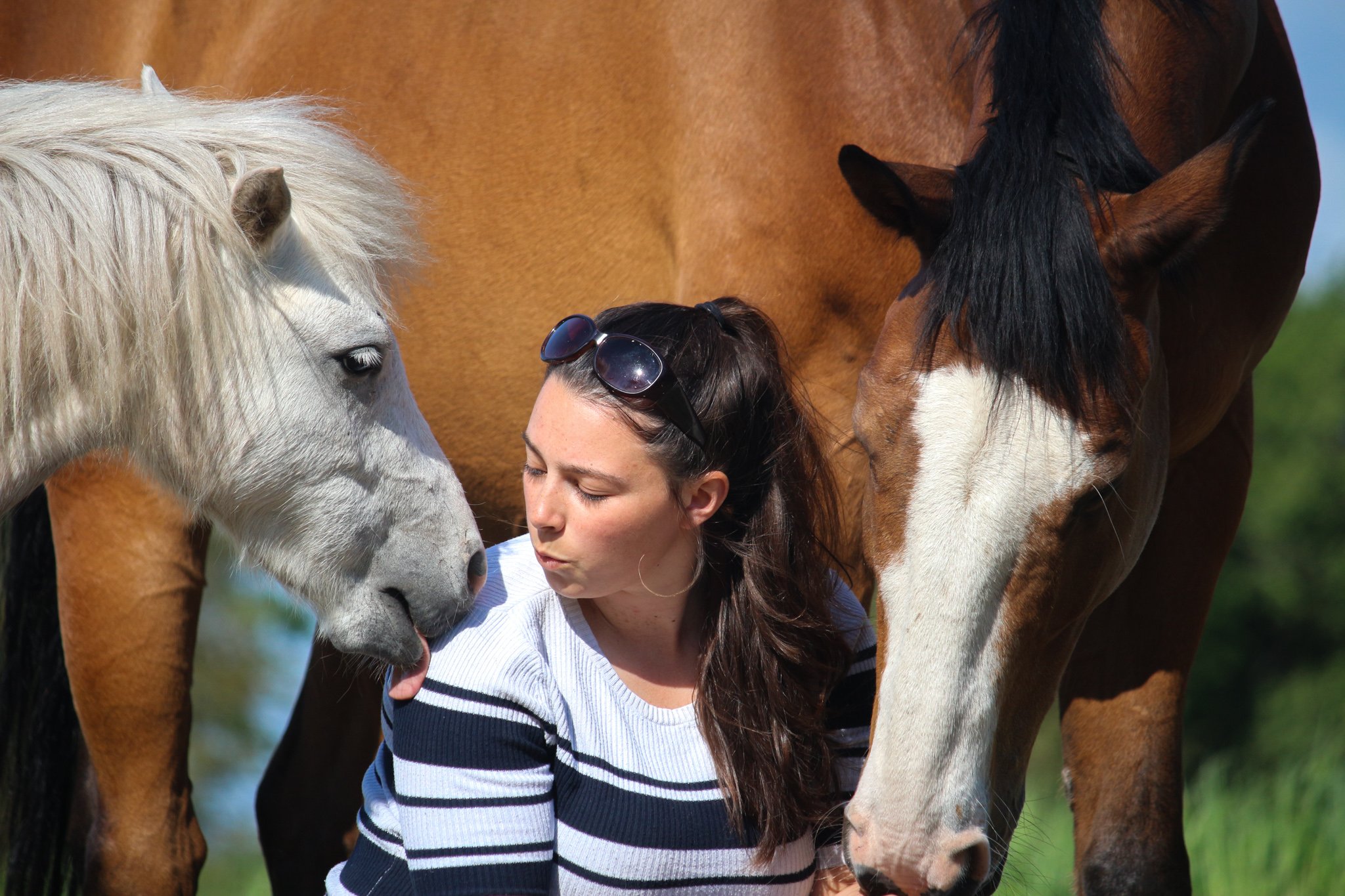Veterinary physiotherapy is based on science however takes an alternative holistic approach to each animal with clinical reasoning behind treatment on a case-by-case basis, following veterinary referral. Physiotherapy for animals can be used alongside veterinary care to help in the treatment or long-term management of many musculoskeletal or neurological injuries and conditions. It can assist rehabilitation of the animal, with the aims of reducing pain, improving movement, and restoring normal muscle control and function. Physiotherapy can also be used for performance development of the animal athlete, helping to try to minimise the risk of injury whilst maximising the performance of competitive or working animals (NAVP). In summary, Veterinary Physiotherapy is not an alternative but an essential adjunct to conventional Veterinary medicine.
What is Veterinary Physiotherapy?
How do I know if my animal needs Physiotherapy?
Animals can’t tell us where their pain is or if they have injured themselves and they are often clever at hiding their discomfort. Your veterinarian will often give you a diagnosis and veterinary physiotherapy can then be used to help your animal to recover using direct musculoskeletal treatment and personalised exercise programmes.
Behavioural changes and abnormal gait patterns can be caused by pain, muscle weakness or joint stiffness. Noticing these changes in your own animal quickly and being proactive to find help in the form of veterinary physiotherapy can improve the prognosis of returning to normal function.
Additionally, your animal may have suffered a direct injury or had surgery and may need rehabilitation to get back to its previous level of performance/workload or to return to enjoying life the best they can.
What can I expect?
Veterinary Physiotherapists are highly skilled in a variety of different treatment techniques. After having carried out a thorough assessment of your animal, they may typically use a combination of the following approaches in order to help with any problems identified:
1. Manual therapies: these include a wide variety of different massage and soft tissue techniques, joint mobilisations or manipulations, myofascial release, stretches etc.
2. Electrotherapies: the use of therapeutic machines such as ultrasound, laser, pulsed electromagnetic field therapy, H-wave, TENS, interferential, microcurrent, and electrical muscle stimulation.
3. Remedial exercise programmes: individual exercise programmes are utilised to help to encourage correct movement patterns and improve muscle strength, endurance, suppleness, proprioception (the animal's awareness of where it's limbs and body are in space), balance and stability as may be required.
4. Management advice: frequently owners may need additional advice on therapeutic handling of their injured animal, or perhaps how to make appropriate adaptations to an animal's home environment and general management in order to assist in their rehabilitation.
All animals at any age or condition can benefit from a routine veterinary physiotherapy check-up, just like when you have your animals annual health check. Prevention is always better than cure and early intervention can reduce long-term compensatory issues. If your animal is unfortunate and has an underlying health condition then veterinary physiotherapy is a necessity. Speak to your local veterinary professional today.

The first visit is the beginning of a long term friendship.
PERFORMANCE, REHABILITATION, EXCELLENCE.


